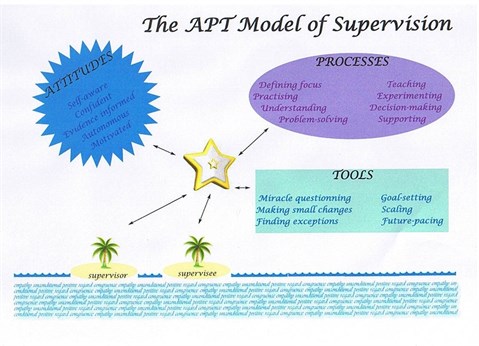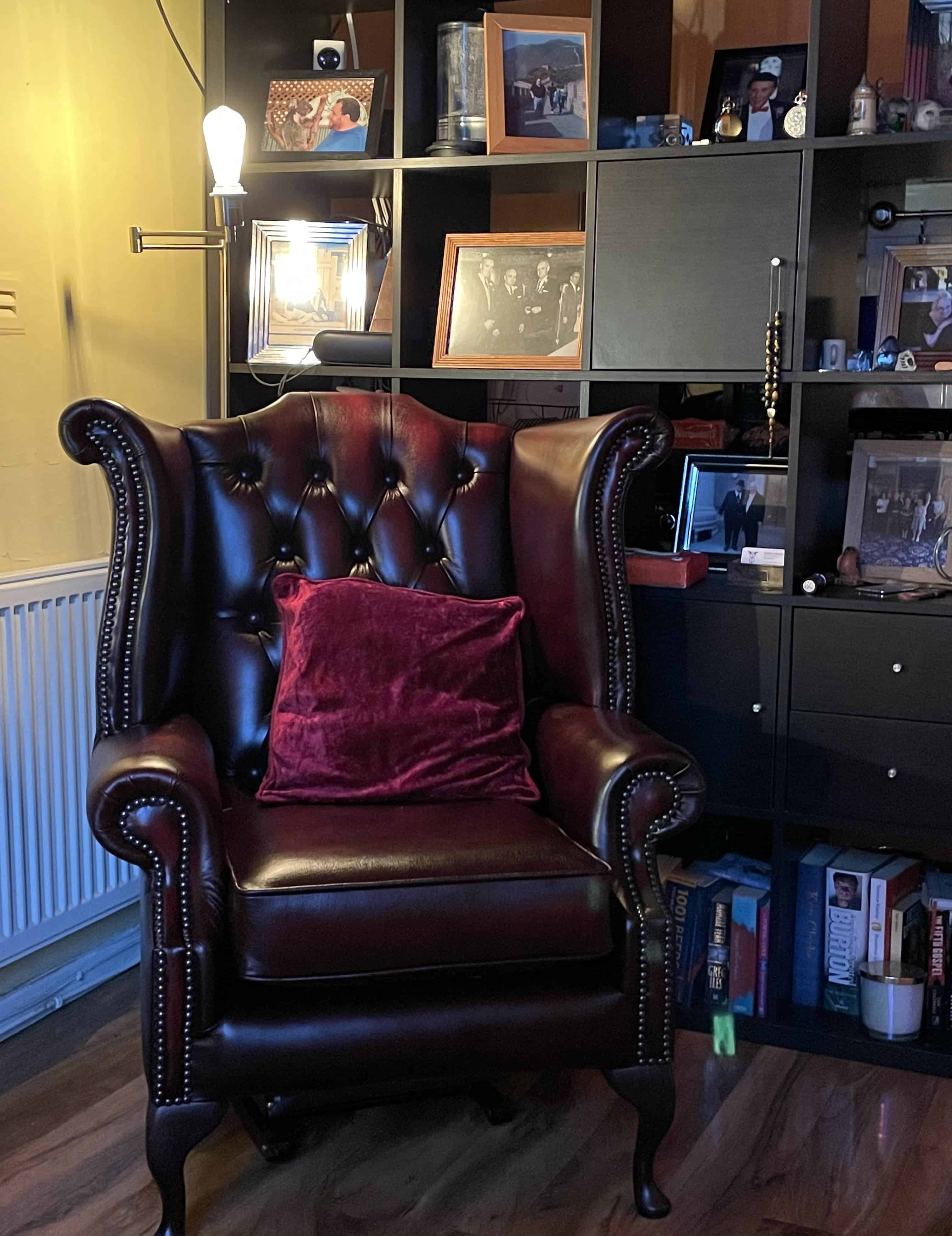Hypnotherapy Supervision-Hypnotherapy Supervisor
Hypnotherapy Supervision: Providing Hypnotherapy Supervision and Psychotherapy Supervision face to face or via Zoom, WhatsApp, MS Teams, and FaceTime. Since 2001. Evidenced based practice.
Supervision is an essential part of therapeutic practice. Shaun co-wrote the first nationally accredited course in hypnotherapy supervision to further solidify the importance of clinical supervision in hypnotherapy.
Hypnotherapy supervision and supervision for psychotherapists in accordance with the regulations of the NCPS, UKCP, NSHP, NCH, HA, GHR, and HS. I conduct hypnotherapy supervision on an individual one to one basis or groups of 3-5. I also employ Online and telephone supervision for those who cannot see me at my Manchester practice. I follow the following code of ethics and practice for my hypnotherapy supervision practise. I have been a recognised and practising clinical supervisor since 2002, I hold a Post Graduate Certificate in Clinical Supervision from the University of Derby and co-wrote the first nationally accredited hypnotherapy supervision. Most if not all professional societies in the hypnotherapy and psychotherapy fields expect practitioners to undertake clinical supervision for their professional hypnotherapy and/or psychotherapy practices. Below you will find some information regarding the model of hypnotherapy supervision which I created known as the APT Model of Supervision.

Hypnotherapy Supervision Models which I employ
In order to understand my supervisionary model, I have taken its base components from established models of supervision: Solution Focused, Bernard’s Discrimination Model, and Integrative Models. Obviously, it would not be appropriate to utilise all of the elements for each model as this would make my supervisionary model too complex to manage. At this stage, I would like to briefly outline the elements I use and those I do not use within my supervisionary practice and show my methodology in the choices I have made:
Solution Focused Hypnotherapy Supervision
This model is based on the works of Milton Erickson, William O’Hanlon and Steve de Shazer. One of the key philosophical positions of this model is that the supervisee has all the necessary resources that he/she needs in order to assist their clients to reach some kind of therapeutic resolution (Fowler et al 2007 pg30). The key elements that I employ in my supervision from this model are:
- Saliency: This relates to what is relevant to be discussed within supervision. Seeking out the supervisees’ theoretical perspective, educational underpinning, and historical views on therapy is done at this stage (Berg & Miller 1992 pg19)
- Setting Goals: As I see supervision as having similarities to the coaching relationship experienced in life/executive coaching (Biddle & Brookhouse, 2006 pg79) Whilst this is not exactly how it is used within the solution focused model, it is similar enough to not be a separate entity within itself.
- Miracle Question: The miracle question, as asked by de Shazer and his followers is:’If you went to sleep tonight and a miracle occurred what would be the first thing you would notice?’ (de Shazer 1988 pg5)
This is a particularly effective way for supervisees to recognise that the answer to most issues relating to their clinical practice is already within themselves and not provided externally by the supervisor (O’Hanlon & Weiner-Davis 1989 pg40)
- Small Changes: These are a set of specific questions which help the supervisee recognise that he/she is moving toward the goals they have set out. Kowalski and Durrant, 1990 identified the following example of a question to ask:
“What will be a small sign, something you might notice this week, that will tell you that things are looking up for you in this area?”(Kowalski & Durrant 1990 October 1990)
The effectiveness of questions like this allows supervisees to begin to focus on solutions for their challenges rather than examples of how things are still difficult for them.
- Scaling Questions: Berg and Miller,1992 discuss looking at issues in terms of gradual incremental changes rather than a success/failure black and white view of the process.
- Identifying Exceptions to Problems: In terms of supervision problems are identified by the supervisee rather than the supervisor. Most notable exceptions are when there are ethical and/or legal ramifications of a situation (Thomas 1990 October). Within supervision, it is for the supervisor to identify exceptions to problems that may be brought to supervision by supervisees. Exceptions are assumed to exist in all problems (Kowalski & Durrant October 1990).
- Future Orientation (Focusing on positive future outcome): I will use future orientation with regards to supervision for two reasons. The first is to presuppose that there is a future to look forward and that in that future, the supervisee will have worked through the issue in question. The other reason for using future orientation is to keep positive change moving for the supervisee (Thomas 1996 pg140)
There are a couple of techniques which are used in solution focused supervision, which I either do not use or incorporate into one of the above listed. These are:
- Socialising: Furman and Ahola in 1992 identified this as the first stage of solution focused supervision. In my model, I incorporate this into the Saliency stage. Also, I believe that this process can be done via appropriate contract information being sent to new supervisees in that is gives me the information in a structured.
- Making Exceptions Meaningful: Again, this is a technique I incorporate into a different stage of this type of supervision, namely the Identifying Exceptions to Problems. This is a necessary awareness that supervisees need to have in order to make use of exceptions (Anderson & Goolishian 1992 pg28), but I do not believe it is a separate process to identification of exceptions.
Bernard’s Discrimination Model:
This is considered an “a-theoretical” model of clinical supervision (Bernard & Goodyear 1992 pg23). I find this a useful position to adopt within my clinical supervision work, primarily because I supervise different therapists from various modalities. By being a-theoretical, I am able to utilise my skills as a supervisor from a neutral position so that I am able to work with the variety of modality specific psychotherapists I work with. There are two key components of this model that I incorporate into my model:
- Teaching function: In my capacity as a supervisor and trainer, I find that for the newly qualified and less experienced therapists I supervise, I am in the role of educator as well as supervisor. Stolenberg and Delworth (1987) describe this function of supervision quite effectively as part of the developmental model of supervision which is where the Discrimination Model falls. Bernard’s models the stages of human development which are common within the developmental models of supervision (Milne 2009 pg25)
- Consulting function: I utilise this function primarily with my more experienced supervisees, who require more case and situation supervisionary assistance. Kilburgh & Diedrich (2007) identified several cognitive functions which I use as guidance when I am using this function within my supervision. These are: heightening self-awareness, improving self-care, greater self confidence, evidence informed practice (this I find particularly useful, as many practitioners have a blind spot when it comes to research and evidenced based practice), educational (this is an opportunity to practice and experiment in a safe environment), critical understanding, decision making, problem solving, and supporting self monitoring (Milne 2009 pgs173-74)
I choose not to employ the following within my model:
Counselling function: This is where a supervisor acts in a counselling role with supervisees in assisting their awareness with their own blind spots as well as when there is some kind of unconscious attachment to the client’s issue (Leddick 2001). The primary reason that I do not employ this function is that I believe that there must be clear boundaries in supervision and that there are three distinct roles I have: therapist, supervisor, and teacher. These roles must be kept separate and distinct lest there be issues with professional boundaries which can cause difficulties for both myself as a supervisor and my supervisees (Inskipp & Proctor 2001 pg 7)
Integrated Developmental Model:
The Integrated Developmental Model of supervision holds that the supervisee is in a continual state of growth (Worthington, 1987 pg 188). This state of growth is often described in two types of metaphor: Organismic and Mechanical. My preferred method of explanation is using the organismic metaphor, in that all organisms have a beginning, middle and end. The same is true for therapeutic and supervisionary relationships. There are three overriding structures identified in this model of supervision which I utilise in their totality (Stoltenberg & McNeill 1997 pg185):
- Motivation: This is a key component of both therapeutic and supervisionary relationships. It is essential that I discover whether the supervisee is extrinsically or intrinsically motivated as well as whether the supervisee is has a preference of being a toward or away from person (Biddle & Brookhouse 2005 pg 22-23). Within my model, I endeavour to help my supervisees become more intrinsically motivated to the work that they do with clients. By this I mean that they derive their motivation for their work from inside themselves (eg a desire to help people that comes from within)rather than from external factors (ie client’s gratitude or financial compensation only). Also, I endeavour to help supervisees work toward successful outcomes rather than away from potential failures. This idea dovetails particularly well with the aspects of solution focused supervision which I employ, as Solution Focused work tends to focus on outcomes.
- Self and/or other awareness: Within this function, I use various tools with my supervisees, including, but not limited to looking at intervention skills, assessment techniques and interpersonal assessment (Stoltenberg et al 1998 pg5) The importance of being aware of one’s own processes within the therapeutic alliance cannot be overstated, likewise it is necessary for the supervisee to be aware of the client and his/her ecological systems.
- Autonomy: The goal of supervision, in my view is supervisee autonomy. However, this autonomy should not be defined as the supervisee not requiring supervision, as I believe that supervision is a lifetime commitment (Dryden 1992 pg 332) It is essential to keep the supervisionary relationship fresh and dynamic or risk potential counter-transference (Dryden 1992 pg 333). However, it is essential that the supervisee feels that he/she can act independently and utilise his/her own skills within the therapeutic dynamic without feeling the need to check everything out. There are five steps for an autonomous practitioner to take when dealing with client issues. These are: identify or scrutinise the issue, develop alternatives, evaluate options, act so as to minimise harm, and evaluate actions in relation to his/her success in minimising harm (Milne 2009 pg 102). It is my goal to be a model for this throughout a person’s supervisionary relationship with me whether they start at the beginning of his/her career, at a more intermediary stage, or at an advanced stage of his/her career.
The APT Model of Hypnotherapy Supervision (Clinical Supervision) (Attitude, Process and Tools)
I have synthesised the above components into my model of hypnotherapy supervision which I call the APT Model of Supervision. APT stands for Attitudes, Processes and Tools. The model breaks down as follows:
Attitudes:
- Self Aware
- Confident
- Evidenced Informed
- Autonomous
- Motivated
Processes:
- Defining Focus
- Teaching
- Practising
- Experimenting
- Critical Understanding
- Decision Making
- Problem Solving
- Supporting
Tools:
- Miracle Questioning
- Goal Setting
- Making Small Changes
- Scaling
- Finding Exceptions
- Future Pacing
Within this model of hypnotherapy supervision, some or all of these components are used in order to assist the supervisees work through the issues that he/she brings to each session. In addition to APT, an essential element to the model is the foundation or grounding of both myself and my supervisee. Within the diagram these are represented by the islands. Additionally, the core conditions are represented by the sea, which form the basis of my clinical and supervisionary work.
Anderson, H. & Goldstein, H.A (1992) The client is the expert: A not knowing approach to therapy in McNamee, S. & Gergen, K. J. (eds), Therapy as social construction Newbury Park, CA: Sage
Berg, I. K.& Miller, S. (1992) Working with the Problem Drinker: A Solution Focused Approach. New York: Norton.
Bernard, J. M., Goodyear, R. K. (1992). Fundamentals of clinical supervision. Boston, MA: Allyn & Bacon.
Biddle, F. & Brookhouse, S. (2006). Hypnotic Coaching. Loughborough. UK: UK Academy Press.
Biddle, F. & Brookhouse, S. (2005). Motivational Hypnotism. Loughborough. UK: UK Academy Press.
de Shazer, S. (1988). Clues: Investigating Solutions in Brief Therapy. New York: Norton
Dryden, W. (1992). Individual Therapy: A Handbook. Milton Keynes: Open University Press.
Fowler, J Fenton, G, Riley, J. (2007). Using solution focused techniques in clinical supervision, Nursing Times, Vol: 103, Issue: 22, pp. 30-31.
Furman, B & Ahola, T (1992) Solution Talk: Hosting therapeutic conversations, New York: W.W.Norton
Inskipp, F. & Proctor B. (2001). The Art, Craft and Tasks of Counselling Supervision Part 2. Twikenham: Cascade
Kilburgh, R.R. & Deitrich, R.C. (2007) The wisdom of coaching: Essential papers in consulting psychology for a world of change. Washington, DC: APA
Kowalski, K & Durrant, M (1990, October) Exceptions, externalising and self perception: A clinical map, Presentation made to AAMFT, Washington DC
Leddick, G.R. (2001) CYC Online: Supervision Models, Issue 24, January 2001 ERIC Digest [Online]. Available at: http://www.cyc-net.org/cyc-online/cycol-0101-supervision%20models.html (Accessed: 5 February 2010).
Milne, D (2009) Evidenced-Based Clinical Supervision: Principles and Practice, Chichester: BPS Blackwell
O’Hanlon, W. and Weiner-Davis, M. In Search of Solutions: A New Direction in Psychotherapy. W. W. Norton & Company, Inc.: New York 1989
Stoltenberg, C. D.,& Delworth, U. (1987). Supervising counselors and therapists. San Francisco, CA: Jossey-Bass.
Stolenberg, C.D & McNeill, B.W (1997) Clinical supervision from a developmental perspective: Research and practice In Watkins, C.E.(Ed) Handbook of psychotherapy supervision, New York: Wiley
Thomas, F.N. (1990, October) Solution Focused Supervision, Presentation made to AAMFT, Washington DC
Thomas, F.N in Miller, S.D et al (Eds) (1996) Handbook of Solution Focused Brief Therapy, San Francisco: Jersey Bass
Worthington, E. L. (1987). Changes in supervision as counselors and supervisors gain experience: A review. Professional Psychology, Issue 18, pp. 189-208.
Brookhouse Hypnotherapy Manchester has been helping people just like you to make significant improvements in order to live a happier and more fulfilling life. If you would like more information, please contact me at enquiries@hypnomanchester.co.uk or call 07498210342 for an appointment in Manchester or simply to find out more about clinical hypnosis.









 In recognition of the knowledge, experience, training and education in working with survivors of traumatic events and/or crisis management, Shaun was granted Diplomate Status within the American Academy of Experts in Traumatic Stress.
In recognition of the knowledge, experience, training and education in working with survivors of traumatic events and/or crisis management, Shaun was granted Diplomate Status within the American Academy of Experts in Traumatic Stress.
 Since 2001 I have been providing supervision for hypnotherapists in Manchester as well as throughout the UK. Sessions can be face to face, one to one, groups or on Zoom, WhatsApp, SKYPE or FaceTime. I provide supervision in accordance with the requirements for practitioner registered with UKCP, NSTT, NCH, NCPS and HS as well as other professional bodies for hypnotherapy and psychotherapy.
Since 2001 I have been providing supervision for hypnotherapists in Manchester as well as throughout the UK. Sessions can be face to face, one to one, groups or on Zoom, WhatsApp, SKYPE or FaceTime. I provide supervision in accordance with the requirements for practitioner registered with UKCP, NSTT, NCH, NCPS and HS as well as other professional bodies for hypnotherapy and psychotherapy. I have recently completed a specialist certification programme in Clinical Traumatology in order to assist my clients with PTSD more effectively. Trauma work requires specialist training beyond a practitioner's initial training.
I have recently completed a specialist certification programme in Clinical Traumatology in order to assist my clients with PTSD more effectively. Trauma work requires specialist training beyond a practitioner's initial training. I have presented courses, seminars, after dinner speeches and workshops in the UK, Europe, USA, Australia and the Far East on various aspects of hypnosis and psychotherapy. To date, I have presented over 50 programmes at international hypnotherapy and psychotherapy conferences around the world. If you want a dynamic and entertaining after dinner speaker, get in touch.
I have presented courses, seminars, after dinner speeches and workshops in the UK, Europe, USA, Australia and the Far East on various aspects of hypnosis and psychotherapy. To date, I have presented over 50 programmes at international hypnotherapy and psychotherapy conferences around the world. If you want a dynamic and entertaining after dinner speaker, get in touch.